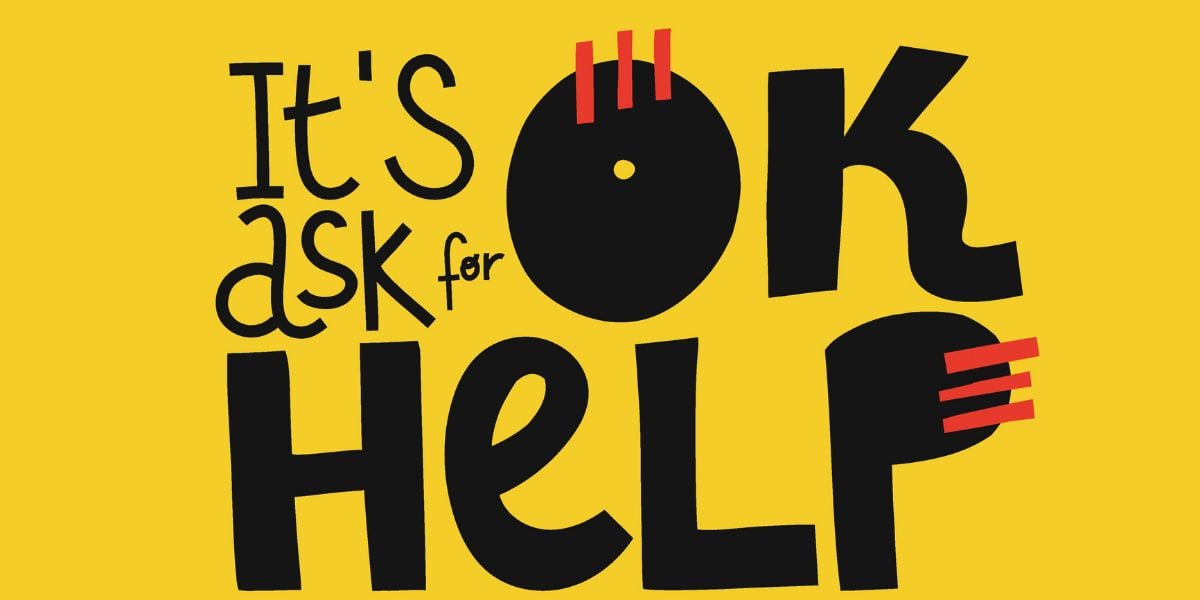The symptoms of diabetes can be reduced to three major factors. In the case of type 1 diabetes, these symptoms can develop quickly.
However, when it comes to type 2 diabetes, symptoms may be far subtler and develop slower.
It is common for a number of symptoms to appear together.
For example, increased thirst (polydipsia) and an increased need to urinate (polyuria) will often come as a pair.
Are there other symptoms of diabetes?
The 3Ps of diabetes are a good indication that blood glucose levels may be too high. However, these symptoms may not always be obvious and it’s important to be aware of the other symptoms which may also be presented.
In children and young adults, the symptoms of type 1 diabetes (including the 3Ps) develop more quickly.
In type 2 diabetes, symptoms of diabetes may appear gradually, sometimes over a period of years, and may become more noticeable on some days and less noticeable on other days.
What happens when a person develops diabetes?
The 3Ps of diabetes are caused by the effect of diabetes on the body. If the level of glucose in the blood becomes too high, excess glucose is removed from the blood by the kidneys and excreted via the urine (glycosuria).
This results in greater urine production and causes the patient to urinate frequently. Water held in the cells is required to replace lost blood volumen, and thus causes dehydration and thirst.
Increased hunger develops if the body has difficulty getting glucose from the blood into cells. This can occur if the body has insufficient insulin or if the body cannot respond to its insulin sufficiently well.
I’m worried I might have diabetes, what should I do?
Speak to a doctor or healthcare expert as soon as possible. The Diabetes Forum may be of help if you are given a diagnosis of diabetes or prediabetes.






